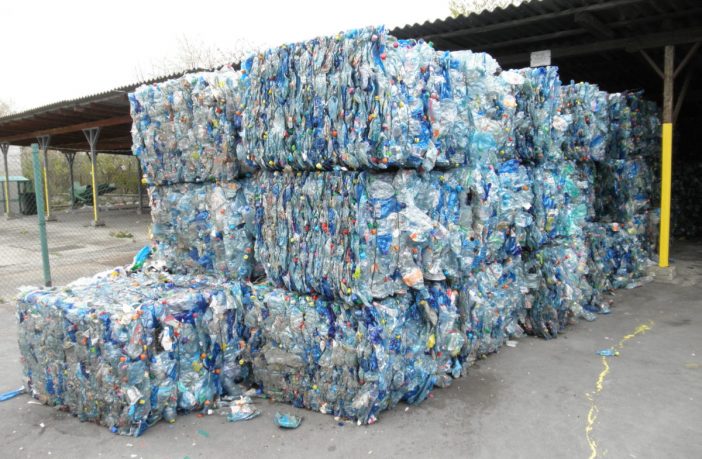- Researchers in China are proposing a new technique to recover polyethylene glycol terephthalate (PET) and ethylene-vinyl acetate (EVA) in solar panels at the end of their lifecycle.
- The two materials represent around 15% of the total material in a wasted solar cell, with a share of 10% for EVA and 5% for PET, respectively.
Scientists from China’s Sun Yat-Sen University and the Shanghai Jiao Tong University have proposed a vacuum-gasification-condensation technology to recover polyethylene glycol terephthalate (PET) and ethylene-vinyl acetate (EVA) in solar panels at the end of their lifecycle. Both materials are used in PV manufacturing for solar panel encapsulation.
The academics claim that existing technologies for PET and EVA recycling are based on the use of chemical solvents to remove them, which causes secondary pollution. Their novel technique, instead, is claimed to be able to convert PET and EVA into value-added products and energy materials without secondary pollution. The two materials represent around 15% of the total material in a wasted solar cell, with a share of 10% for EVA and 5% for PET, respectively.
For the process implementation, the Chinese group used a vacuum tube furnace provided by Chinese specialist Alarge Furnace Co, Ltd. The furnace consists of a vacuum ionization gauge, a vacuum mechanical pump, a diffusion pump, and a control panel. Copper, tin, silicon, and silicon dioxide, which are all brittle materials, were crushed into particles with a size of less than 5mm, and the particles of PET and EVA, which are ductile materials and cannot be destroyed by the crusher, were fragmented into larger particles, with a size of between 5mm and 20mm.
The PET and EVA were completely decomposed when the furnace temperature reached 490 degrees Celsius. “Above 490 degrees Celsius, the weight was not changed, which indicated that the PET and EVA were decomposed and volatilized completely,” the scientists stated. “At the stage of 297-386 degrees Celsius, the weight of mixed PET and EVA decreased slowly, which indicated that the long bond of PET and EVA fractured in this stage. At the stage of 386-490 degrees Celsius, the decomposition process had the fastest mass loss at 461 degrees Celsius.”
The process is described in the paper Recovering Polyethylene Glycol Terephthalate and Ethylene-Vinyl Acetate Copolymer in Waste Solar Cells via a Novel Vacuum-Gasification-Condensation Process, published in ACS Publications.
Author: Emiliano Bellini
This article was originally published in pv magazine and is republished with permission.











